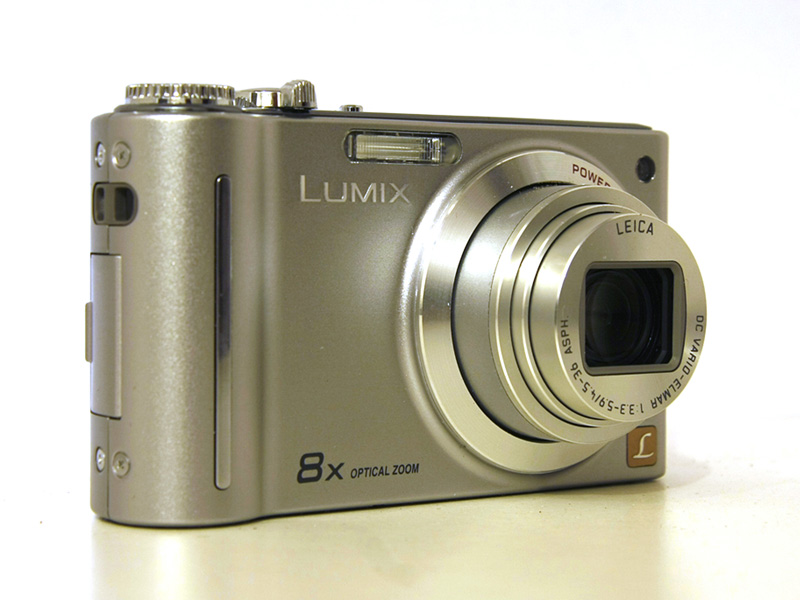Why you can trust TechRadar
Overall we enjoyed playing with the pocket-sized Panasonic Lumix DMC-ZX1. It's a fun, easy to use and responsive compact camera. Its optical zoom was impressive, as was its wide-angle capabilities, and it's packed with helpful 'intelligent' tech to make it easier to take half-decent photos.
Image quality
So, down to the all important image quality. We're pleased to report that image results were, overall, very good. Colours were accurately recorded, the vast majority of the time we were able to capture sharp shots (regardless of how far we'd zoom in – something that can cause other compacts to lose image quality) and the DMC-ZX1 performed okay when shooting in mixed lighting conditions when bright sunshine was mixed with dark shadowy areas in scenes.
Even when we relied on the camera's iA modes it returned accurate images, although we did find it was sometimes over keen to use the flash which caused a few overexposures.
However, when the ISO was automatically upped to around ISO 500 or 800 (such as when using the Night Scene mode which doesn't use flash) the noise levels crept up dramatically. In fact, we found that with anything over the base ISO 80 level the noise was noticeable – even at around ISO 250 or 320 pictures are unpleasantly grainy when you look closely (we were zooming in to images in Photoshop at 100 per cent view) which means poor print quality.
That might sound a bit harsh considering the DMC-ZX1 is a compact priced at barely over £200, but images taken at ISO 400 or below shouldn't really be revealing so much noise in our book.
Sign up for breaking news, reviews, opinion, top tech deals, and more.
Current page: Panasonic Lumix DMC-ZX1: Image quality
Prev Page Panasonic Lumix DMC-ZX1: Features Next Page Panasonic Lumix DMC-ZX1: Verdict